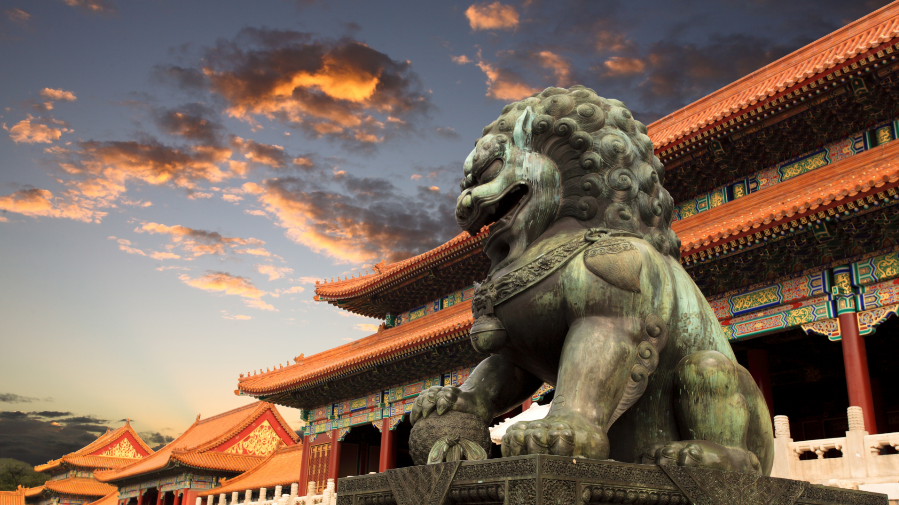
The REEs are a group of chemically similar elements also used extensively in the aerospace, defence, and electronics industries.
According to Merriman, there are two overarching trends in rare earths markets. The first is the growth in demand from magnet applications, particularly neodymium-iron-boron magnets, which offer the highest magnetic field per unit of volume, and the second is China’s dominance of the industry.
In 2020, Chinese mines produced 110,000 tonnes of rare earths, which is more than 55% of total global mining output, he said. “Although there is expected to be a slight drop off in production to about 100,000 tonnes in 2022, production from China is forecast to remain relatively flat until the end of the decade.”
There are two overarching trends in rare earths markets. The first is the growth in demand from magnet applications, particularly neodymium-iron-boron magnets…and the second is China’s dominance of the industry
Chinese production at both the mining and refined stages is controlled by quotas assigned to six state-owned enterprises, which are highly integrated throughout the rare earth supply chain, Merriman said.
The flattening in Chinese domestic production from 2022 onwards, he said, will see demand for feedstock from some leading Chinese-based rare earths processors increasingly being met by imported mineral concentrates.
China produced 85% of the world’s rare earths refined products in 2020, but with Chinese domestic output leveling off, imports of rare earths to China are forecast to grow to 80,000 tonnes per year by 2030, up from an estimated 60,000 tonnes in 2021, Merriman said.
China not only dominates the supply of rare earths but also demand, he noted, with 70% of global production consumed within the Chinese domestic market.
“China’s dominance over global markets and its centralised control over domestic production has provided the Chinese government with considerable control over pricing,” Merriman said. “Leading other countries such as the U.S., Japan, and Russia to start sourcing supplies of rare earths from outside China.”
Last month, the U.S. government and Malaysian-based rare earth miner and processor Lynas Rare Earths (ASX: LYC; US-OTC: LYDSY) agreed to build a commercial light rare earths separation plant in the U.S., with the U.S. Department of Defense expected to provide $30 million in funding and Lynas contributing another $30 million.
Once operational, the plant would produce approximately 5,000 tonnes of rare earths products annually, including 1,250 tonnes of neodymium-praseodymium, and will use feedstock material from a cracking and leaching operation the company is developing in Kalgoorlie, Western Australia.
On Aug. 12, Reuters reported that the Russian government plans to invest $1.5 billion across 11 rare earths projects by 2030.
According to the news agency, the Russian government is offering reduced mining taxes and cheaper loans to investors in the projects. The incentives are designed to increase Russia’s share of global rare earths production to 10% by 2030, up from 1.3% now, with production expected to reach 7,000 tonnes of rare earths concentrates by 2024.
In January last year, the Japanese state-owned agency Japan Oil, Gas and Metals National Corporation (JOGMEC) signed an agreement with Namibia Critical Metals (TSXV: NMI) to jointly explore, develop, and refine mineral products from the company’s Lofdal heavy rare earths project in north-western Namibia. For an investment of $20 million in exploration and development, JOGMEC will earn a 50% interest in the project.
Even though annual production from non-Chinese sources is forecast to rise from 20,000 tonnes of REEs in 2020 to about 70,000 tonnes by 2030, Merriman said that there is a very limited connecting supply chain to maintain the demand from production, and so much of this material will likely end up being processed in China.
Consequently, he expects rare earth markets to start tightening from 2023-24 onwards, putting upward pressure on prices for rare earths. In particular, this tightening will drive up neodymium prices in the latter half of the decade as consumers scramble to secure neodymium supplies for magnet applications, he said.
“We expect the 2020 China Free on Board price of $50,000 per tonne of neodymium oxide to rise to above $60,000 per tonne by the end of the decade,” Merriman said.
(This article first appeared in The Northern Miner)




